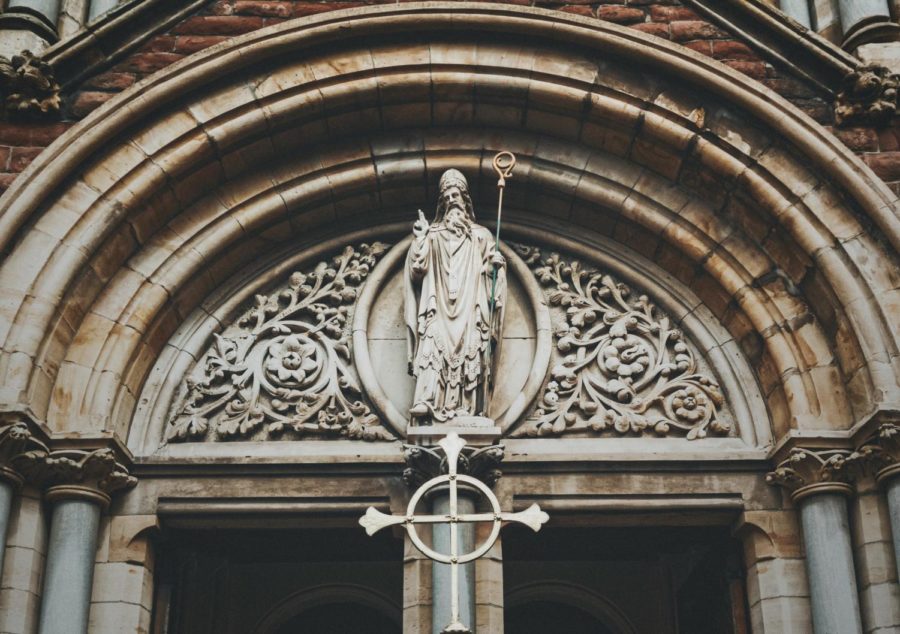The History and Development of Saint Patrick’s Day
March 16, 2022
As we enter March and the slow beginnings of spring, with that comes Saint Patrick’s Day. However, this day of merriment and all things Irish wasn’t always small green men and parades. The holiday traces back to the 4th century and the name’s sake of the holiday Saint Patrick.
He lived an impressive life captured at 16 and taken to Ireland forced to work as a slave, he had a spiritual awakening at a young age relying on his faith to get through. After escaping Ireland, he eventually returned, spreading Christianity throughout the country establishing churches and monasteries. He eventually died on March 17th 432, on which a celebration of his life and accomplishments have been held ever since.
However, this celebration has shifted drastically since it first started. Originally it was a day of feast and religious services to honor the great man who had “banished all the snakes in Ireland” what this actually meant though was the end of any pagan religions within Ireland (Britannica). This once holy day has since shifted into the secular holiday that we know and love today. And this all came to be when the first Irish immigrants made the perilous journey across the Atlantic to America in the early 1900s.
With Irish immigrants settling in this new and unfamiliar part of the world, they brought their traditions with them, one of these being St. Patrick’s Day. However, with the migration to America, the holiday went through a massive change; it soon became a secular day instead of celebrating Saint Patrick. It became a celebration of Irish culture and heritage for the new immigrants. Many changes were made like the inclusion of the shamrock or the four-leaf clover, leprechauns, the color green, and corned beef. The color green which we now associate with the holiday and Ireland, in general, wasn’t always the color used, the traditional color was in fact blue as St. Patrick was depicted in historical texts.
Changes like these have stuck around to today’s celebrations, like one of the largest St. Patrick’s Day parades in Chicago which will annually dye its river green in honor of the day. The shift from a religious to secular holiday drastically changed the meaning of the celebration however it did not change the celebration of Irish history and tradition that we know and love today.


Mckalah Jimenez • Mar 23, 2022 at 9:49 am
I did not know most of this information about this holiday. Great article!!